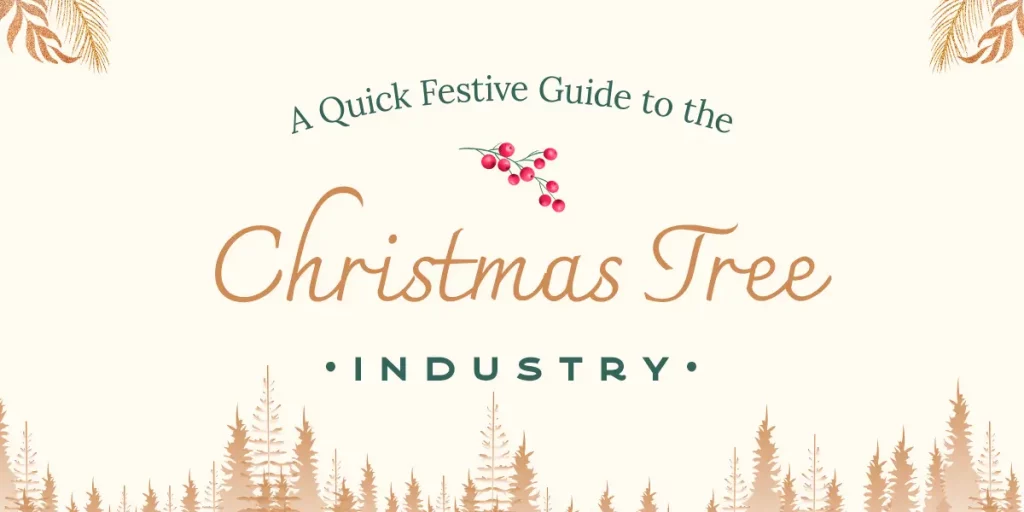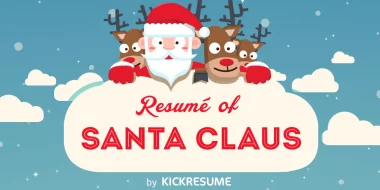Do you normally spend Christmas in a quiet European village, where you routinely cut down your own Christmas tree while sipping hard liquor with your mates? No? Then you probably get your tree the usual way — from the Christmas tree industry.
The Christmas tree industry is indeed a profitable business. In the US alone, 25-30 million real trees are sold every year. And most of them (28.5 percent) are unsurprisingly sold in chain stores such as Walmart, at an average price of $78.87 a piece.
However, profitable doesn’t mean easy. And even though you can buy a Christmas tree seedling for as little as $0.50-$1, it can take up to a decade for it to mature to 6 feet.
So Christmas tree farmers may find themselves in a money pit while their first crops grow. Paying for the land, tractors, and fertilizers are just a few of the financial struggles they have to endure while generating no money from it.
Luckily for Christmas tree farmers, there’s quite a demand for real trees, outselling their plastic counterparts year after year.
Don’t get this the wrong way. The battle between evergreens and fakes won’t go away just like that. But there’s certainly more awareness about the benefits of supporting the real tree industry.
There are 350-500 million trees grown on tree farms in the United States. But only 6-8.5% of them are actually cut down for Christmas each year. And yes, these can be used in one of 4,000 local Christmas tree recycling programs across the US.
It’s quite the opposite for fake Christmas trees that are usually made of PVC and cannot be recycled. Burning a plastic tree causes a ten times larger carbon footprint than burning a real tree after Christmas. Not to mention the impact of their shipping from China.
Our infographic will surely give you a holistic idea of the Christmas tree market state.

Are you considering a seasonal Christmas job? Get inspired by some useful seasonal work tips while learning how to overcome potential Christmas challenges at work.



